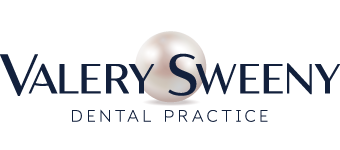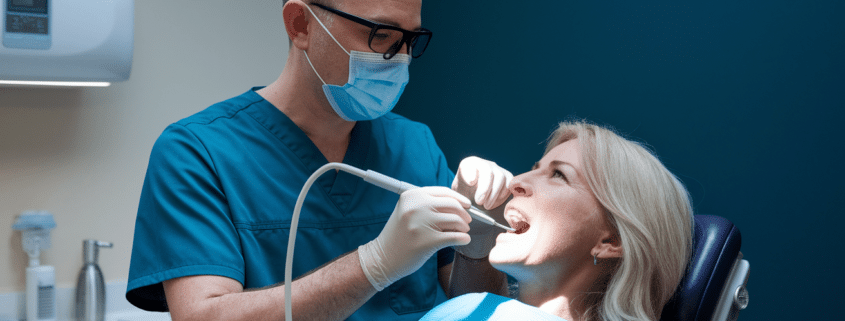Oral Cancer Screening: Why Early Detection Could Save Your Life
Oral cancer doesn’t always announce itself with obvious symptoms. In fact, many people miss the early warning signs completely—until it’s too late. That’s why oral cancer screening is critical. It’s fast, non-invasive, and could quite literally save your life.
Whether it’s part of your regular check-up or a targeted exam based on risk factors, early detection gives you the best shot at beating it. When caught early, oral cancer has a survival rate of over 80%. When ignored? That number drops dramatically.
TLDR – Quick Guide
- Oral cancer screening is a simple, in-office exam.
- It checks for abnormalities in the mouth, lips, tongue, and throat.
- Early detection significantly increases treatment success.
- Ideal for both high-risk and average-risk patients.
- Non-invasive and takes just a few minutes.
- Recommended during regular dental visits.
Detailed Breakdown
What Is Oral Cancer Screening?
Oral cancer screening is a visual and physical exam performed by your dentist to spot signs of cancer or precancerous conditions. It focuses on areas like the lips, tongue, cheeks, floor of the mouth, palate, and throat. Some practices also use advanced screening tools or dyes to detect abnormal cells that may not be visible to the naked eye.
Why It’s So Important
Oral cancer can be aggressive—and silent. In its early stages, it’s often painless and easy to miss. That’s what makes screening so vital. Catching it early dramatically improves the chances of successful treatment and recovery. It’s one of the few life-saving steps you can take during a routine dental visit.
Who Needs Oral Cancer Screening?
Everyone. While it’s especially important for patients over 40 and those who use tobacco or alcohol, oral cancer doesn’t discriminate. Even younger, healthy individuals can be affected, particularly with the rise of HPV-related oral cancers. Screenings are quick, risk-free, and beneficial for all patients.
What to Expect During the Exam
Your dentist will examine your entire mouth, throat, and neck for any signs of discoloration, lumps, or tissue irregularities. They may gently feel your neck and jaw for swollen lymph nodes or masses. If anything unusual is found, your dentist may recommend a biopsy or referral for further evaluation. The process is quick, painless, and often takes less than five minutes.
When Should You Get Screened?
Ideally, during every routine dental checkup—especially if you’re in a higher-risk category. If you notice persistent sores, white or red patches, difficulty swallowing, or changes in your voice, don’t wait for your next appointment. Get screened immediately.
Key Takeaways
- Oral cancer screening is simple and non-invasive.
- It’s essential for early detection and life-saving treatment.
- All patients—regardless of age or risk—can benefit.
- Dentists can catch warning signs long before symptoms appear.
- It should be part of your regular dental care routine.
FAQs
- Is oral cancer screening painful?
Not at all. The exam is visual and tactile, involving no needles, cuts, or discomfort. - How long does an oral cancer screening take?
Usually less than 5 minutes. It’s often done during your regular cleaning or checkup. - What are the signs of oral cancer?
Common signs include persistent sores, red or white patches, unexplained lumps, numbness, or difficulty swallowing. - Can I request a screening even if I’m low risk?
Absolutely. Early detection is beneficial for everyone, regardless of your risk profile. - How often should I get screened?
Ideally, during every routine dental checkup—typically twice a year. More frequently if you’re at higher risk.




Leave a Reply
Want to join the discussion?Feel free to contribute!